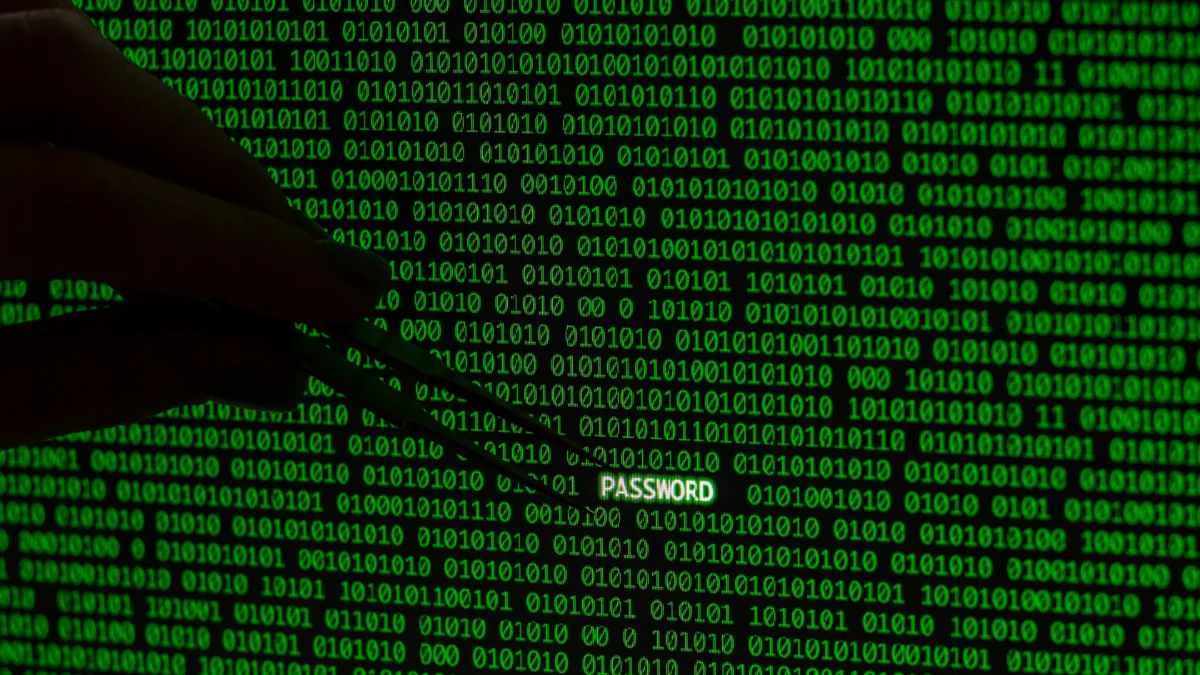SMEs are an easy target for cyberattacks as they often lack dedicated security resources. Knowing the most common threats and learning how to prevent them is key to protecting your business. Inmove IT Solutions helps shield you against these risks.
1. Phishing
Phishing involves sending emails or messages that appear to come from trusted sources, such as banks or suppliers, to deceive employees and obtain passwords, banking details or sensitive information. These messages often include fraudulent links or infected attachments. To avoid it, it’s crucial to train staff, enable anti-phishing filters on corporate email and use multi-factor authentication.
2. Ransomware
Ransomware is a type of malware that encrypts a company’s data, blocking access until a ransom is paid. This attack can completely paralyse business operations. To protect yourself, it’s essential to perform encrypted and external backups, keep software updated, and use EDR (Endpoint Detection and Response) tools capable of detecting suspicious behaviour before encryption occurs.
3. Malware
Malware includes viruses, trojans, spyware and worms designed to cause damage, steal information or control systems. It can arrive via downloads, infected USB drives or compromised websites. The best defence is to use advanced antivirus software, keep updates current, restrict unauthorised downloads and run regular network scans.
4. DDoS (Distributed Denial of Service)
A DDoS attack aims to overwhelm a company’s servers or online services with a flood of false requests, preventing legitimate customers from accessing services. This type of attack affects reputation and can lead to financial losses. It’s advisable to implement advanced firewalls, specialised mitigation services and have contingency plans in place to restore services quickly.
5. Data breaches
Data breaches occur when confidential information (such as customer data, passwords or financial information) is exposed by mistake or through unauthorised access. To prevent them, data encryption should be used, access to information should be role-based, physical and logical access controls should be implemented, and sensitive data movement should be regularly audited.
6. Identity theft
Identity theft involves a cybercriminal impersonating an employee or company representative to gain access to internal systems or commit fraud. This can be done through social engineering or credential leaks. Multi-factor authentication, access monitoring and identity verification in critical processes are essential measures to prevent it.
7. Social engineering
Social engineering involves psychologically manipulating employees to hand over confidential information or allow unauthorised access. This can happen via phone calls, physical visits to the office or deceptive messages. The best defence is ongoing training to help the team spot manipulation attempts and a clear policy for handling suspicious requests.
How Inmove IT Solutions can help you
- 24/7 monitoring to detect attacks in real time.
- Advanced firewall to block network threats.
- Customised incident response plans.
- Secure cloud backup to ensure data recovery.
Discover our antivirus service for SMEs.
FAQ
What is the most common attack?
Phishing is the most common, accounting for up to 90% of intrusion attempts in SMEs.
How can I protect myself from ransomware?
By implementing external backups, constant updates and advanced detection solutions.
What should I do after an attack?
Disconnect the affected systems, notify cybersecurity experts and assess the damage before taking action.
Can everything be prevented?
100% prevention can’t be guaranteed, but impact can be minimised, and risks reduced with a comprehensive strategy.
Request your cybersecurity assessment with Inmove IT Solutions.

